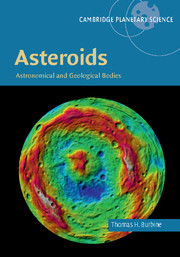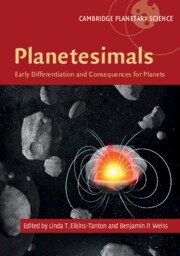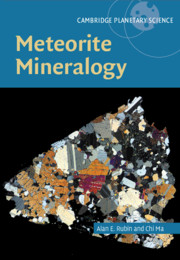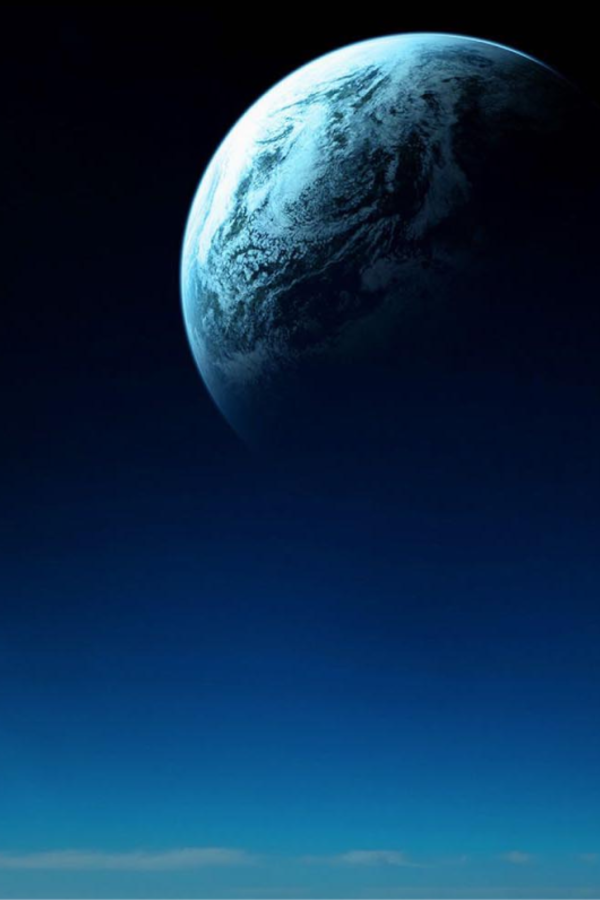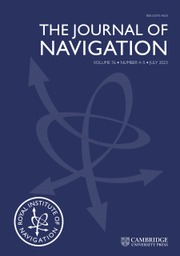Asteroids
Asteroid science is a fundamental topic in planetary science and is key to furthering our understanding of planetary formation and the evolution of the Solar System. Ground-based observations and missions have provided a wealth of new data in recent years, and forthcoming missions promise further exciting results. This accessible book presents a comprehensive introduction to asteroid science, summarising the astronomical and geological characteristics of asteroids. The interdisciplinary nature of asteroid science is reflected in the broad range of topics covered, including asteroid and meteorite classification, chemical and physical properties of asteroids, observational techniques, cratering, and the discovery of asteroids and how they are named. Other chapters discuss past, present and future space missions and the threat that these bodies pose for Earth. Based on an upper-level course on asteroids and meteorites taught by the author, this book is ideal for students, researchers and professional scientists looking for an overview of asteroid science.
- Suitable as a textbook for undergraduate and graduate courses, and as a handy reference for researchers and scientists
- Contains worked examples and end-of-chapter questions to assist with learning
- Covers the most recent discoveries, providing an up-to-date view of asteroid science
- A useful volume to bridge the gap between popular science books and research monographs in this field
Reviews & endorsements
'Asteroids: Astronomical and Geological Bodies was written to coincide with the surge of interest in these relatively small bodies. Missions such as NASA's Dawn satellite to Vesta and Ceres have increased this interest … [the author] intends for this book to introduce students to asteroids, meteors, and comets at a level that would allow them to move on to understanding articles in the planetary science literature. For a work of this breadth, the length is such that some topics are only briefly presented, but with detailed references for students to follow up for further study. Although the book does provide significant detail on the families of asteroids in the main belt, it also discusses comets, Trojan asteroids, centaurs, and Kuiper Belt objects. Some science results from the New Horizons mission to Pluto are presented… Undergraduates with an interest in planetary science will find this to be a very helpful reference book.' C. Palma, CHOICE
'This excellent text-book is engagingly written, clear, readable, comprehensive, and just the right length and level for a masters’ course … If you know little about asteroids and want to learn, I can recommend no better way to start than with this extremely impressive book.' David W. Hughes, The Observatory: A Review of Astronomy
'… an excellent reference for readers interested in space rocks either out of professional or personal curiosity. It prepares the readers with the basics such that results obtained from space missions like Dawn, the first to visit a dwarf planet (Ceres); Near Earth Asteroid Rendezvous Shoemaker, the first to land on an asteroid (Eros); Hayabusa, the first to return samples of an asteroid (Itokawa); Galileo and others can be interpreted and understood. … It is not all academic but conveys general knowledge as well. For instance, do the readers know that the iron used to make the dagger found in the tomb of Tutankhamun is meteoritic?' B. Ishak, Contemporary Physics
Product details
August 2017Adobe eBook Reader
9781316868119
0 pages
0kg
108 b/w illus. 29 colour illus. 37 tables 80 exercises
This ISBN is for an eBook version which is distributed on our behalf by a third party.
Table of Contents
- Preface
- Acknowledgments
- List of symbols and abbreviations
- 1. Light and magnitude
- 2. Orbits and discovering minor planets
- 3. Meteorites, minerals, and isotopes
- 4. Reflectance spectroscopy and asteroid taxonomy
- 5. Physical properties and families
- 6. Comets and outer Solar System bodies
- 7. Near-Earth asteroids and the impact threat
- 8. Spacecraft missions
- References
- Index.

